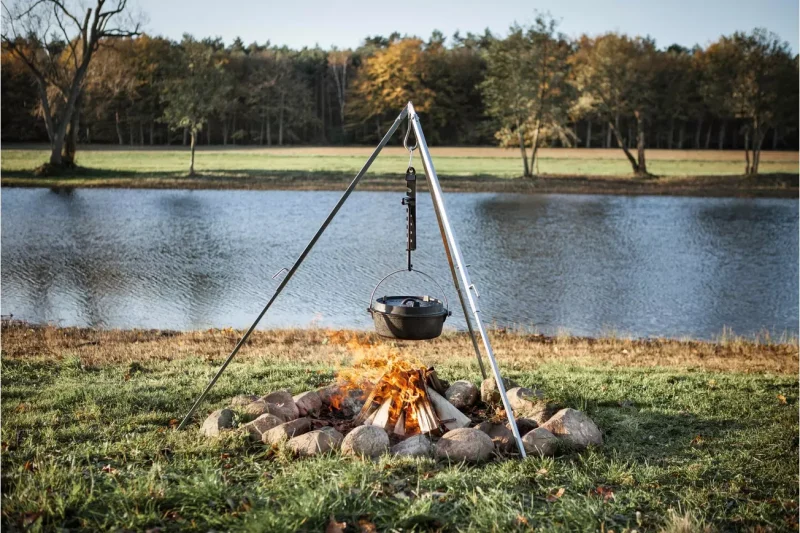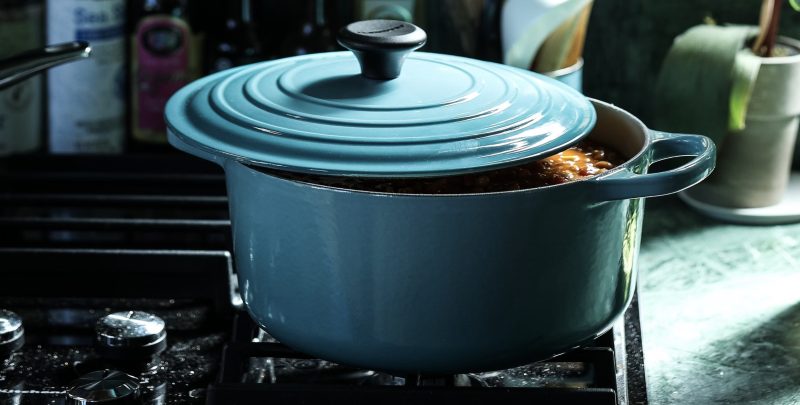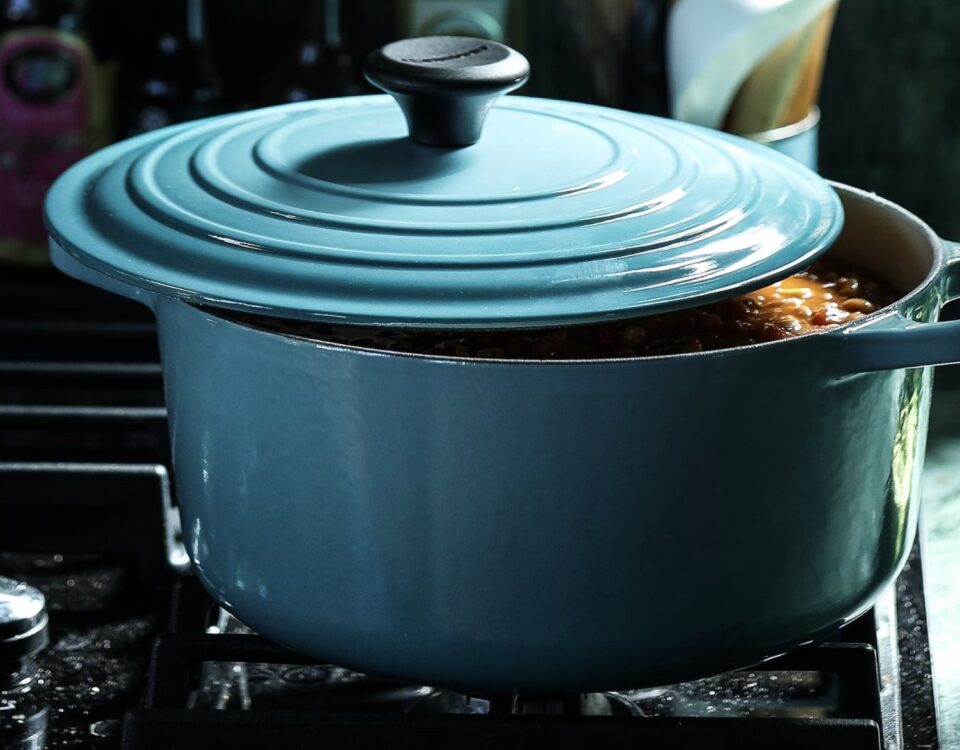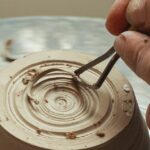What is a Dutch Oven?
A Dutch oven is without a doubt one of the most versatile pans you can have. But what exactly is a good Dutch oven? What do you cook in it and how do you know which one to buy? Let’s take a closer look:
What is a Dutch Oven?

A Dutch oven is a thick-walled pan with a lid. This type of sturdy cooking pot has been used for centuries to slow cook soups, stews, sauces and breads.
Dutch ovens come in cast iron, enameled, aluminum and ceramic varieties. Traditionally, however, they are made of seasoned cast iron.
Dutch Oven History
Not surprisingly, the history of the Dutch oven dates back to the Netherlands. Pans from the 17th century were usually made of expensive materials, such as brass and copper. At the time, the Dutch were the best pan makers in the world. An English inventor realized that cast iron was a much cheaper alternative, but he had to use a Dutch process to make the molds work. That’s why the pan is still called a “Dutch oven.”
Dutch oven vs. French oven
The difference between a Dutch oven and a French oven is the material used to coat the inside of the pan. Dutch ovens are made entirely of cast iron, while French ovens are coated with enamel. Of course, this is just a technical issue, and which one you buy and use is a matter of personal preference. Most recipes that call for a “Dutch oven”work just as well in what is technically a French oven.
Using Dutch Oven

A high-quality Dutch oven is a good investment. Not only is it handy for making all kinds of recipes, but it is also super versatile when it comes to where you cook. You can use it to cook on the stove and/or in the oven. Here are some of the most popular ways to use Dutch ovens:
- Soups and stews :Dutch ovens are ideal for cooking things low and slow, making them perfect for hearty soups and stews. They are usually generously sized, meaning they can hold a lot of liquid.
- Braising meat :The heavy material heats up evenly and holds high temperatures well, so you can braise meat (and vegetables) perfectly.
- Bread baking :The thick walls and heavy lid of the Dutch oven create a steamy environment that keeps the dough nice and moist and helps it rise.
- Kamperen :Yes, there are Dutch ovens made specifically for outdoor cooking! However, you cannot use just any old Dutch oven for this purpose. Look for one specially designed to be placed over a campfire.
Types of Dutch Ovens

Although most Dutch ovens are roughly the same shape, they come in different colors, sizes and materials.
Consider these factors when choosing the Dutch oven that suits you best:
Material from
- Bare cast iron :Dutch ovens have stood the test of time for a reason:The material holds constant heat for a long time, making it perfect for slow-cooking anything. But anyone who has ever owned cast iron cookware can tell you that proper maintenance is a must. It requires special cleaning (don’t throw it in the dishwasher) and seasoning to remain functional, so invest in it only when you’re ready for that kind of responsibility. But if you take good care of your cast iron, it will last a lifetime.
- Enameled cast iron :Dutch ovens (which, yes, are technically French ovens –let’s not go into too much detail) have skyrocketed in popularity in recent years. This is because they have all the advantages of traditional Dutch ovens, but they are much easier to maintain. You’re probably familiar with Le Creuset’s version of the classic cookware. The French manufacturer’s best-selling product has become something of an icon because of its durability, versatility, functionality and downright beautiful appearance. The only downside to enameled cast iron is the high price tag (these can cost upwards of €250). That said, you get more than value for money in the long run.
- Ceramic :Dutch ovens are lighter than other types, so they are much easier to handle. They offer all the advantages of bare and enameled cast iron except durability. They are much more likely to crack if you drop them or expose them to extreme temperature fluctuations.
Size
Be sure to consider how many people you regularly cook for, and whether you like to make large batches of dishes such as soups or stews for multiple meals or to freeze. Most brands offer Dutch ovens in various sizes, from super-small to absolutely huge.



